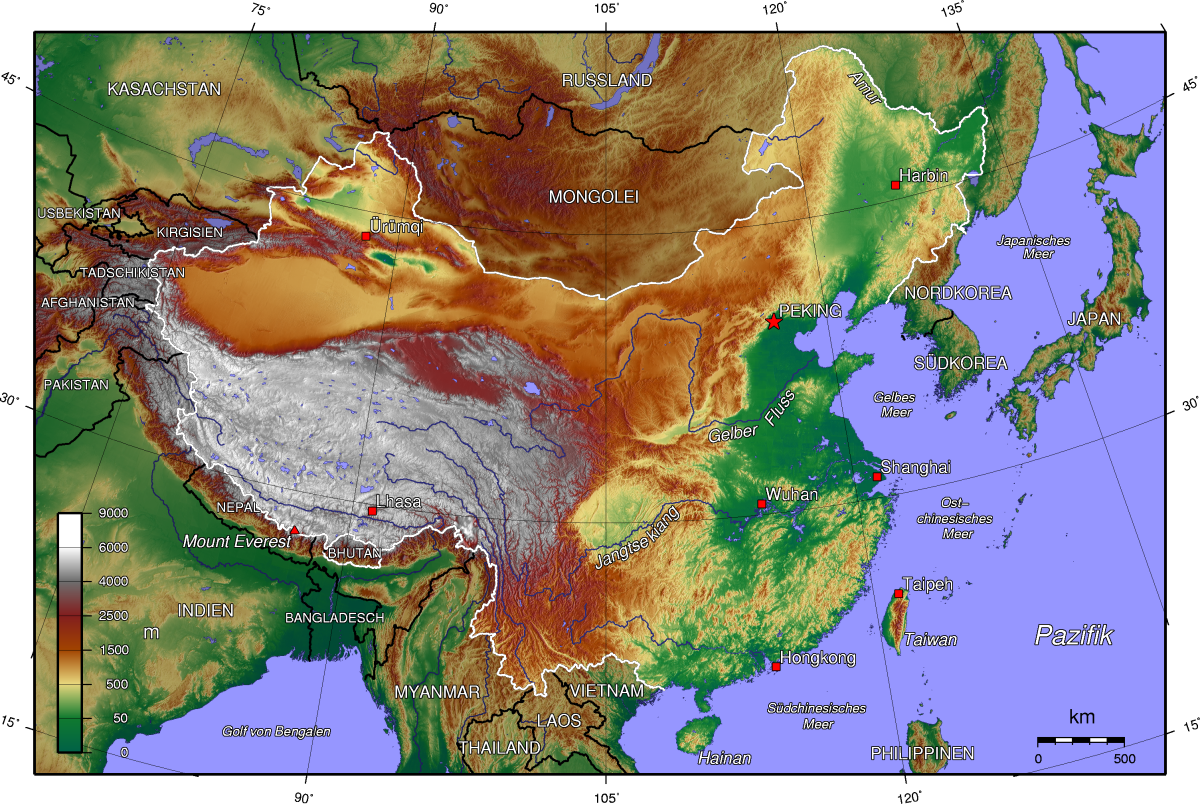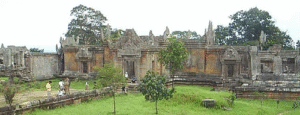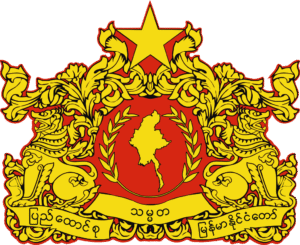Map credit: Wikipedia. Benutzer:Captain Blood
DARZKKG
Strategic Commentator on Federalism, Diaspora Diplomacy, and Myanmar’s Future
Introduction: The Urgency of Unified Resistance
As Myanmar’s Spring Revolution enters its most critical phase, time is no longer a luxury. The junta weakens but is not yet broken. Multiple fronts—ethnic armed organizations (EAOs), People’s Defense Forces (PDFs), and diaspora-led diplomacy—push forward, but without unified strategic coordination. The world watches, but still hesitates.
This moment calls for bold diplomacy. The National Unity Government (NUG), despite its limitations, remains the only structure capable of proposing a federal, inclusive, and internationally credible vision for Myanmar’s future.
To accelerate the collapse of the junta and ensure a durable federal union, NUG must proactively align with the regional interests of the United States, India, and Bangladesh, and serve as a coordinator of three critical resistance pillars:
I. USA & India — Supporting KIA and the Rare Earth Corridor
- Why it matters: Kachin State, under KIA control, holds strategic mineral and rare-earth deposits essential for global tech supply chains.
- Why USA & India care: Both powers seek to reduce dependency on China. India also eyes stability along its northeastern border.
- NUG’s role: Position itself as the civilian political guarantor of future federal oversight and fair resource-sharing, ensuring that any US/India support to KIA contributes to a broader, inclusive national roadmap—not to fragmentation.
II. USA & Bangladesh — Rakhine Stability via AA–Rohingya Cooperation
- Why it matters: Over 1 million Rohingya refugees remain in Bangladesh, while the Arakan Army (AA) increasingly controls Rakhine territory.
- Why USA & Bangladesh care: Both seek a just and voluntary Rohingya return, and regional maritime stability in the Bay of Bengal.
- NUG’s role: Lead diplomatic efforts to build mutual trust between AA and Rohingya leaders, support future local federal administration, and guarantee citizenship and civil rights to the Rohingya in line with international law.
III. The Ideal Scenario — USA & NUG as Coordinators of a Unified Front
- Goal: Integrate the strength of KIA, AA, PDFs, Rohingya and civil society actors under an NUG-led vision of a Federal Democratic Myanmar.
- Why USA would support: The US prefers civilian legitimacy and federalism over fragmented insurgency.
- NUG’s role: Present itself not as a government-in-exile, but as a federal transition facilitator, ensuring ethnic equality, resource sharing, and accountability for past atrocities (including the Rohingya genocide).
Strategic Recommendations to NUG Diplomats and Policy Teams
1. Articulate a Federal Transition Framework
- Define clear roles for ethnic states, including Kachin and Rakhine, in future governance.
- Establish transitional federal resource-sharing mechanisms (e.g. for rare earths, border trade, etc.)
2. Engage USAID, DFC ( America’s Development Finance Institution), and Congress
- Propose pilot humanitarian projects in AA/KIA-controlled areas to showcase self-administration and gain trust.
- Lobby for conditional support packages tied to democratic and inclusive milestones.
3. Enhance India-Bangladesh Relations
- Assure India of long-term stability along its border.
- Work with Bangladeshi civil society and academics to build trust around safe Rohingya return—linked to AA cooperation.
4. Recognize Rohingya Rights Publicly
- Reaffirm Rohingya citizenship and participation in future elections.
- Appoint respected Rohingya figures as official NUG envoys or advisors.
5. Convene a “Federal Unity Summit”
- Bring together KIA, AA, PDF, Rohingya leaders, and civil society in a high-level meeting hosted by the NUG (virtual or diaspora-based).
- Publicize a joint declaration to show united resistance to the international community.
Conclusion: This Is Myanmar’s Moment
If NUG fails to act as a true bridge between the resistance’s armed strength and international legitimacy, others will fill the vacuum—and Myanmar may fragment. But if NUG seizes this moment, it can become the architect of a post-junta Myanmar, trusted by both ethnic forces and the world.
The opportunity is there. But it requires courage, flexibility, and diplomacy of the highest order.





